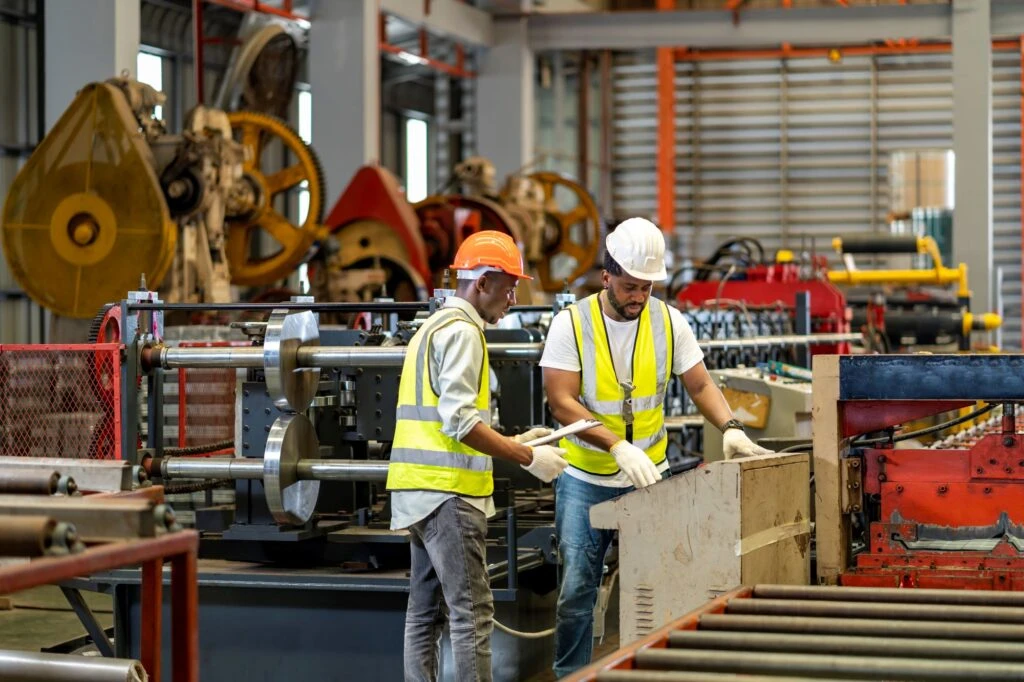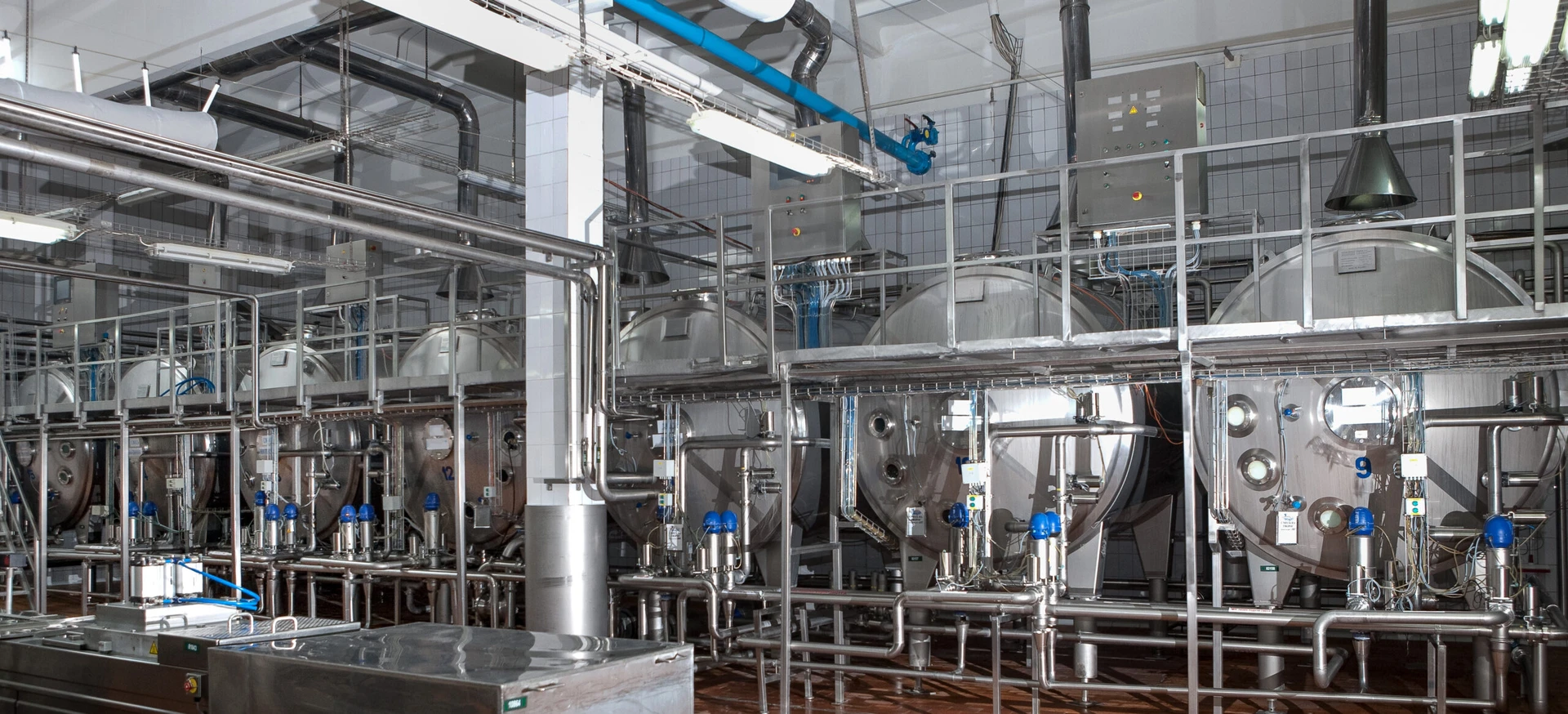
COMAH Transition to Upper Tier Installation
Client
Confidential
Location
Scotland
Contract development and manufacturing organisation (CDMO)
Arthian’s client is a global contract development and manufacturing organisation (CDMO) dedicated to animal health, specialising in the formulation of veterinary pharmaceuticals.
Between 2015 and 2025 the site underwent various changes of ownership, expansion of activities and reclassification of materials, leading the site to operate as a lower tier establishment under COMAH and then as an upper tier establishment. Our process safety team have worked in partnership alongside the in house team, supporting the site across the decade long journey from lower to upper tier establishment.
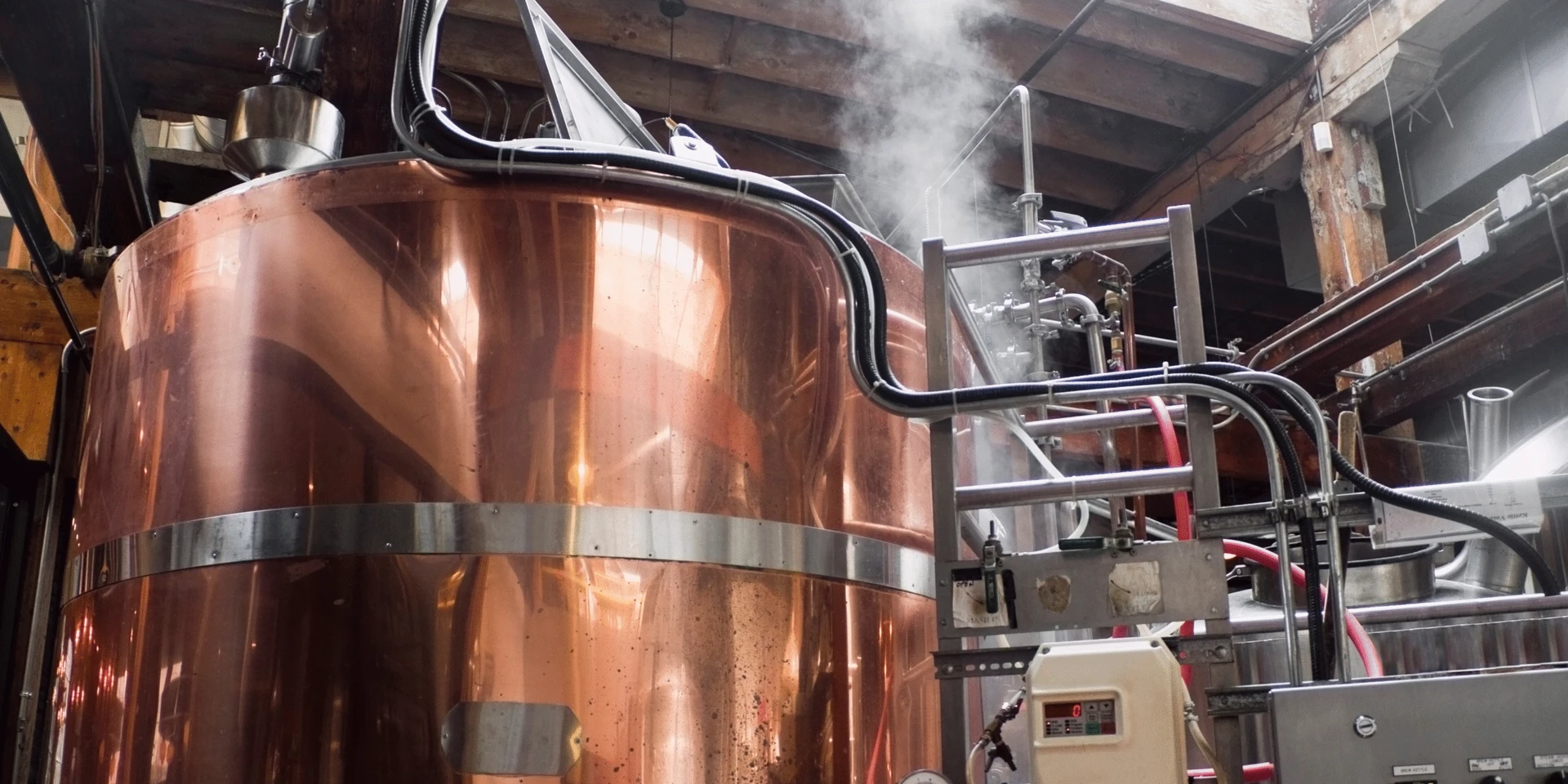
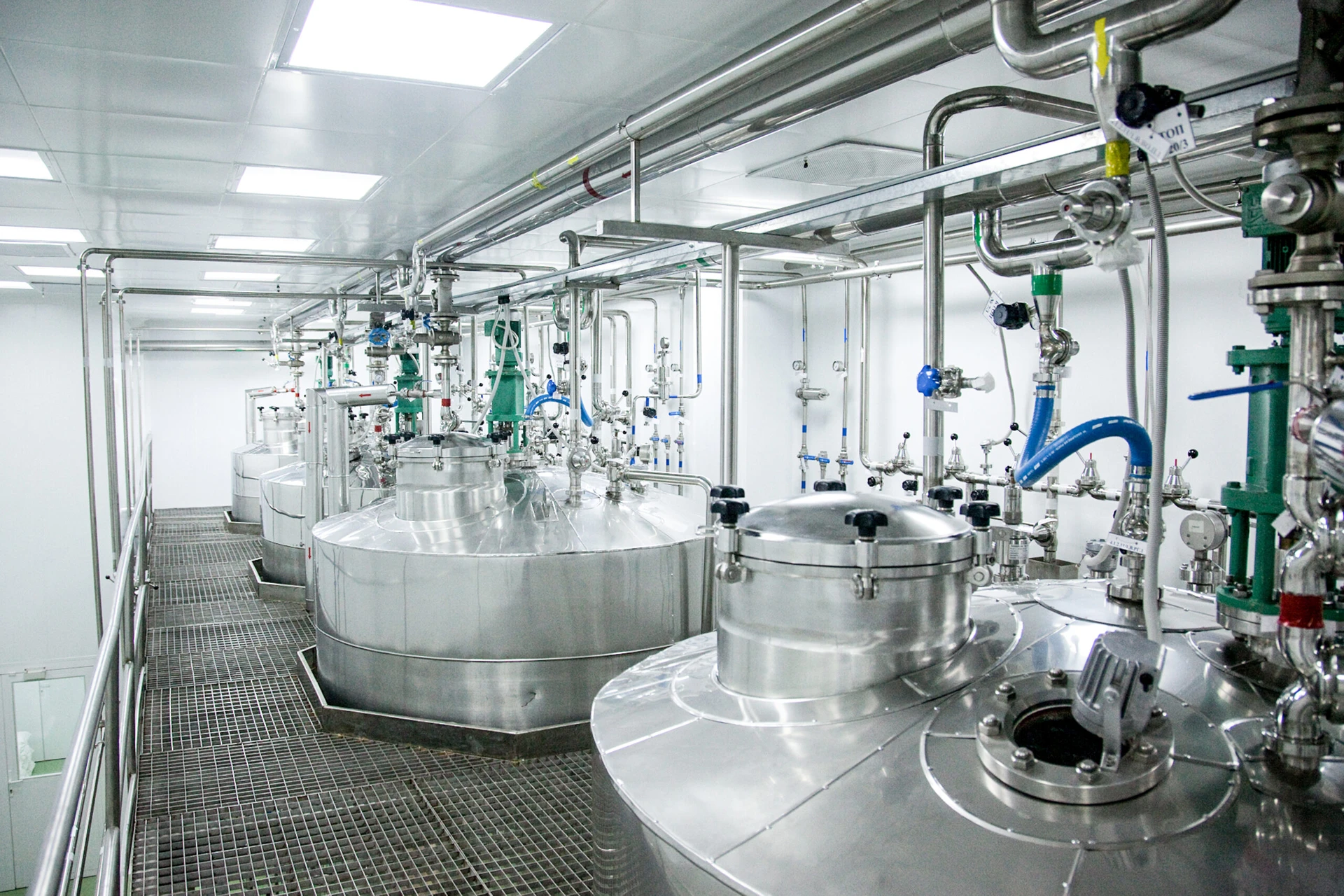
The Solution
Our process safety team were first commissioned by the site to assist with compliance under Dangerous Substances Explosive Atmosphere Regulations 2002 (DSEAR) due to the handling of solvents and powdered materials on site, as well as other health and safety compliance activities such as Fire Risk Assessment and Lightning Protection Risk Assessment.
When the site expanded under new ownership, Arthian supported the site in quantifying the inventory of dangerous substances held in the warehouse and manufacturing buildings, to establish the sites status under COMAH. The site exceeded the threshold for lower tier, we were retained to assist the site identify and understand their duties under COMAH, providing a gap analysis with a prioritised action plan for lower tier.
Arthian then supported the site with developing lower tier COMAH documentation, including HAZOP of all batch manufacturing activities and Environmental Tolerability Risk Assessment in accordance with the newly launched Chemical Downstream Oil Industries Forum (CDOIF) guideline. Arthian applied their multidisciplinary team of process safety engineers, contaminated land experts and ecologists to map the path of the contaminants to the water and soil environments, considering scenarios such as drainage failure and drain overflow.
Following operation as a lower tier operator, one of the sites key raw materials was reclassified under the Chemical Labelling and Packaging Regulations 2008 (CLP). Due to the more onerous threshold for this classification, the site was re-classified as an upper tier establishment under COMAH. Arthian supported the site in engaging with the COMAH regulator to understand the timescales under this route into COMAH.
Arthian then supported the site in drafting their first upper tier COMAH safety report. Key activities undertaken at this stage included:
- Revised major accident hazard identification, using the HAZOP studies to identify all loss of containment scenarios in a ‘bottom- up approach.’
- Revised CDOIF assessment considering the current material inventory and the reclassification of the raw material.
- Conducting a warehouse fire emissions study, supported by HSE methodology for chemical warehousing fire and DNV Phast modelling, to quantify any onsite and offsite human health effect from the toxic combustion products.
- Populating the safety report content with input from the site.
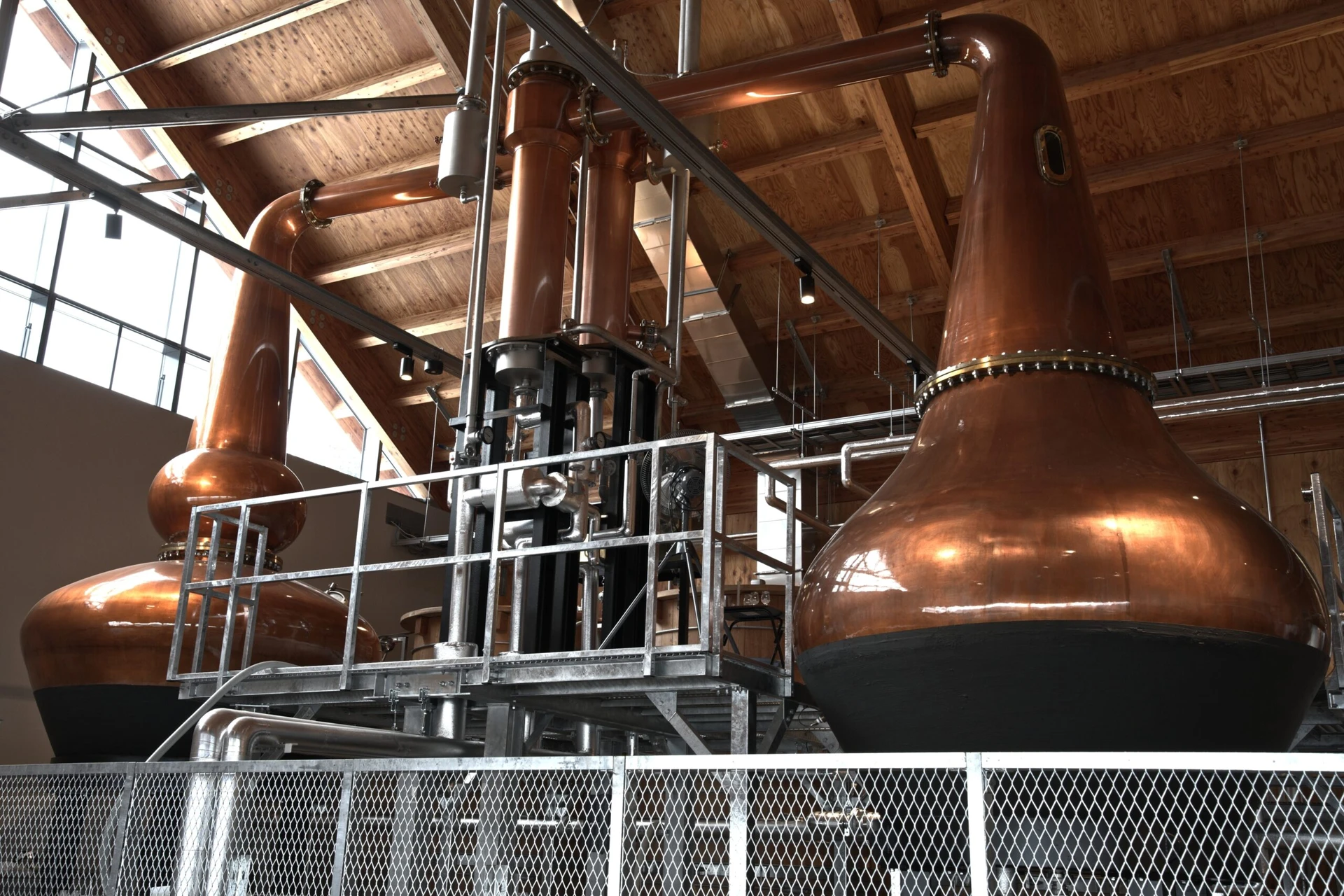
Project Outcomes
Arthian then supported the site in engaging with the Competent Authority in providing additional information as requested following the initial COMAH safety report submission. This was largely focussed around the mechanical integrity of legacy equipment.
Arthian then continued to support the operator with their ongoing COMAH and process safety duties within the 5 year COMAH period. This included ongoing DSEAR And HAZOP support for changes on site.
Arthian then supported the 5 yearly update of the COMAH safety report to account for changes on site and findings of intervention visits. As part of their duties to demonstrate All Measures Necessary and Continuous Improvement, Arthian supported:
- Major accident hazard rationalisation – preparing a consolidated representative set of MAHs.
- Bowtie analysis – utilising BowTie XP, to identify safety critical activities and equipment.
- As Low As Reasonably Practicable (ALARP) demonstration and Cost Benefit Analysis (CBA) of proposed risk reduction measures (RRMs).
- Update of CDOIF to capture improved firewater containment.
Arthian continues to support the site with ongoing COMAH, DSEAR and HAZOP support, building on over 10 years of partnership.
Our Latest Projects
Get in Touch
We’d love to hear from you – whether you have a question, a project in mind, want to explore job opportunities, or just want to say hello.
